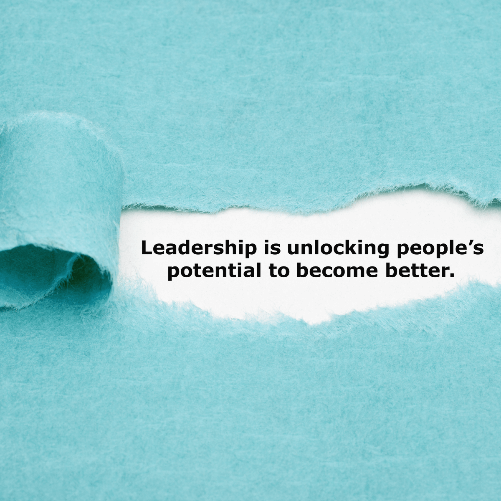If you frequently find yourself skipping between the extremes of “I always”, “I never”, “it’s perfect”, “it’s impossible” or thinking about concepts as either purely good or bad you may be falling into the trap of black-and-white thinking.
The American Psychological Association calls this ‘polarised’ thinking because it keeps us from seeing the world as it often is: complex, nuanced, and full of all the shades in between.
As a leader, you may want to learn from the experiences of Sophie and Agatha, the main characters in Soman Chainani’s young adult fantasy novel “The School of Good and Evil”.
These two best friends are unexpectedly whisked away to the School for Good and Evil to be trained as either a fairytale hero or villain.
However, their lives take an unexpected turn when Sophie, who embodies all the qualities of a classic fairytale princess, is placed in the School for Evil, while Agatha, with her dark demeanour, finds herself in the School for Good.
Sophie, who sees herself as a princess, assumes that being good means being beautiful and receiving a happily ever after. On the other hand, Agatha, with her dark appearance and mysterious aura, is instantly labelled as evil. This black-and-white thinking leads to each girl being defined solely by their appearance and their expected heroic or villainous roles.
Other people at the school overlook their individual potential and ignore Sophie and Agnes’ true intentions, emotions, and individual journeys. This results in a simplistic view of who they are, their character depth and their capacity for growth and change.

The book showcases how extreme adherence to black-and-white thinking can lead to isolation, manipulation, and even the corruption of one’s values.
Ultimately, it shows why embracing the shades of grey within individuals and their choices is important.
Black-and-white thinking is often called tunnel vision because it restricts your vision, blinding you to opportunities and insights within a narrow perspective.
It can result in missing more nuanced information and overly simple thinking when the surrounding world and people are often complex.
It can result in rigid beliefs and resistance to change that doesn’t serve you or your team.
Worse, it can result in other people perceiving that you lack empathy if their world experience differs from yours.
This type of thinking can turn vibrant, dynamic situations into fading photographs when the richness and depth of situations are ignored.
Author Shannon L. Alder famously said, “The problem with black-and-white thinking is that you never get to see the rainbow.”
It’s a form of cognitive distortion where we tend to view a situation in either/or, all-or-nothing terms.
Research by the Center for Creative Leadership (CCL) found that cognitive distortions impact burnout levels or satisfaction at work.

The good news is that when you notice you’ve fallen into this thought pattern, you can get more comfortable with shades of grey. You can try to:
- Reinterpret the situation by considering new perspectives or information.
- Challenge your thoughts and assumptions.
- Take a step back to look at and notice thoughts rather than becoming caught up in them.







